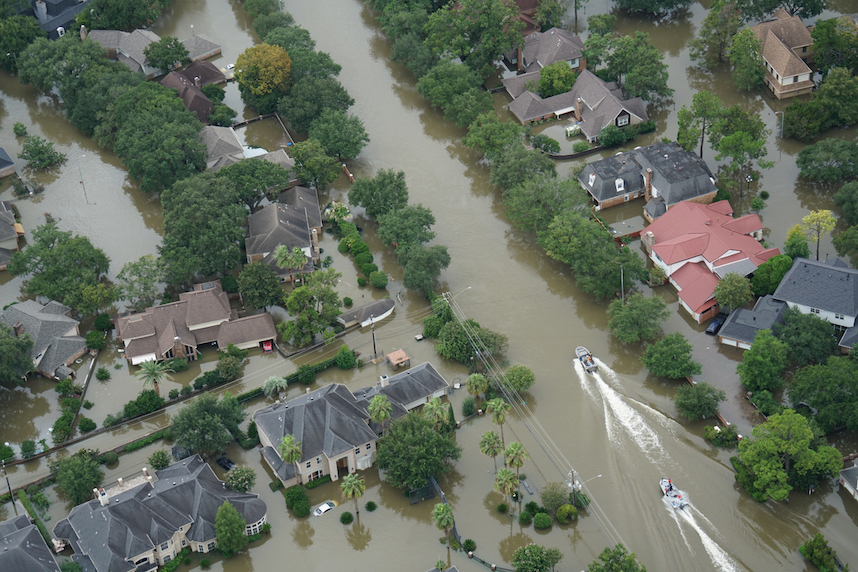FMLA and CFRA is a Complex Relationship Requiring Expert Advice

Sacramento, CA: Few would argue that while the federally-regulated Family Medical Leave Act (FMLA) and its State counterpart The California Family Rights Act (CFRA) go to great lengths in guaranteeing certain rights and protections for workers who are themselves ill or have responsibility for a sick or injured family member, the interaction of the two can be complex. And while pundits observe that claims and lawsuits within the FMLA and CFRA are increasing, so too are the cautions that such regulations are complex and require the expert services of a qualified attorney to wade through the quagmire.
The take away message – especially in California – is that the employee cannot blindly rely on the Human Resources Department to have a good handle on the FMLA and CFRA regulatory landscape. It remains the primary bastion of the California employee to pursue his, or her due diligence to be reasonably conversant with the basic tenets of both Acts in order to optimally manage a situation as it unfolds, and / or to have the proper documentation in place should a violation occur.
It is important to keep in mind that FMLA and CFRA protections go beyond guaranteeing time off (for those who qualify) in order to care for a sick child, or aging parent. Such protections also guarantee the qualifying employee time off to battle an illness, or recover from a serious health issue.
An example of this is a lawsuit brought in the State of New Jersey against Blue Apron Inc., a meal and ingredient service. A former employee of the firm, identified as Tapshea Bowman, worked as a kitchen associate beginning in November, 2015. According to Bowman’s FMLA lawsuit, she was diagnosed with an E. Coli infection in February of this year and immediately forwarded a text to an employee hotline maintained by Blue Apron for matters involving employees. Bowman claims in her lawsuit that it was a “common practice for employees” to send notice of absenteeism from work via text message.
Upon returning to work, the plaintiff continued to experience extreme symptoms and determined it would not be wise to report to work for two additional days, February 19 and 20. Bowman asserted she sent a text message to the Blue Apron employee hotline, returning to work on February 21.
A week later, on the first of March Bowman was summoned to her supervisor’s office, where she was summarily fired for not reporting for work. When asked to confirm the dates during which Bowman was cited for not reporting to work, it is alleged neither the supervisor or the team lead were able to do so, or so it is alleged. Familiar with her rights under FMLA, Bowman attempted to explain why her absences qualified under FMLA – but she was allegedly not permitted to do so.
“As a direct and proximate result of Defendant’s unlawful interference with Plaintiff’s rights under the FMLA, Plaintiff has been deprived of economic and non-economic benefits including, but not limited to lost wages, pain and suffering, mental anguish, humiliation, loss of fringe benefits, disruption of her personal life and loss of enjoyment of the ordinary pleasures of life,” the lawsuit states.
Federally, the FMLA provides a comprehensive basket of protections for needed absences from work for those who qualify (for example, employees working for a company employing the minimum number of staff or greater, must be an employee for a minimum period of time to qualify, and cannot be in the top 10 percent pay grid). Most employees, with a bit of study can become conversant with these rights. FMLA attorneys note that a potential plaintiff’s case and corresponding potential for success can increase provided the employee makes copious notes of all claims and disputes, and documents everything. It’s also important, legal experts opine, to not necessarily wait until you are terminated if an issue surfaces while an employee is still gainfully employed.
Of course, that’s looking at the Family and Medical Leave Act in isolation. In California, the CFRA works in concert with the FMLA. One doesn’t supersede the other, but rather both Acts are valid at the same time in an intricate compliance structure best sorted out by qualified experts. The primary difference with the CFRA is that qualifying employees are paid for their leave (as opposed to FMLA leave, which is unpaid).
Be that as it may, there remains a complex template in the State that allows the Family and Medical Leave Act, and the California Family Rights Act to co-exist – so much so that it’s often beyond the scope and capability of the Human Resources Department of a small firm to be fully conversant.
The Bowman lawsuit in New Jersey is Tapshea Bowman v. Blue Apron Inc., Case No. 2:17-cv-05357-MCA-LDW, filed July 21 2017 as a civil matter in The US District Court for the District of New Jersey.
The take away message – especially in California – is that the employee cannot blindly rely on the Human Resources Department to have a good handle on the FMLA and CFRA regulatory landscape. It remains the primary bastion of the California employee to pursue his, or her due diligence to be reasonably conversant with the basic tenets of both Acts in order to optimally manage a situation as it unfolds, and / or to have the proper documentation in place should a violation occur.
It is important to keep in mind that FMLA and CFRA protections go beyond guaranteeing time off (for those who qualify) in order to care for a sick child, or aging parent. Such protections also guarantee the qualifying employee time off to battle an illness, or recover from a serious health issue.
An example of this is a lawsuit brought in the State of New Jersey against Blue Apron Inc., a meal and ingredient service. A former employee of the firm, identified as Tapshea Bowman, worked as a kitchen associate beginning in November, 2015. According to Bowman’s FMLA lawsuit, she was diagnosed with an E. Coli infection in February of this year and immediately forwarded a text to an employee hotline maintained by Blue Apron for matters involving employees. Bowman claims in her lawsuit that it was a “common practice for employees” to send notice of absenteeism from work via text message.
Upon returning to work, the plaintiff continued to experience extreme symptoms and determined it would not be wise to report to work for two additional days, February 19 and 20. Bowman asserted she sent a text message to the Blue Apron employee hotline, returning to work on February 21.
A week later, on the first of March Bowman was summoned to her supervisor’s office, where she was summarily fired for not reporting for work. When asked to confirm the dates during which Bowman was cited for not reporting to work, it is alleged neither the supervisor or the team lead were able to do so, or so it is alleged. Familiar with her rights under FMLA, Bowman attempted to explain why her absences qualified under FMLA – but she was allegedly not permitted to do so.
“As a direct and proximate result of Defendant’s unlawful interference with Plaintiff’s rights under the FMLA, Plaintiff has been deprived of economic and non-economic benefits including, but not limited to lost wages, pain and suffering, mental anguish, humiliation, loss of fringe benefits, disruption of her personal life and loss of enjoyment of the ordinary pleasures of life,” the lawsuit states.
Federally, the FMLA provides a comprehensive basket of protections for needed absences from work for those who qualify (for example, employees working for a company employing the minimum number of staff or greater, must be an employee for a minimum period of time to qualify, and cannot be in the top 10 percent pay grid). Most employees, with a bit of study can become conversant with these rights. FMLA attorneys note that a potential plaintiff’s case and corresponding potential for success can increase provided the employee makes copious notes of all claims and disputes, and documents everything. It’s also important, legal experts opine, to not necessarily wait until you are terminated if an issue surfaces while an employee is still gainfully employed.
Of course, that’s looking at the Family and Medical Leave Act in isolation. In California, the CFRA works in concert with the FMLA. One doesn’t supersede the other, but rather both Acts are valid at the same time in an intricate compliance structure best sorted out by qualified experts. The primary difference with the CFRA is that qualifying employees are paid for their leave (as opposed to FMLA leave, which is unpaid).
Be that as it may, there remains a complex template in the State that allows the Family and Medical Leave Act, and the California Family Rights Act to co-exist – so much so that it’s often beyond the scope and capability of the Human Resources Department of a small firm to be fully conversant.
The Bowman lawsuit in New Jersey is Tapshea Bowman v. Blue Apron Inc., Case No. 2:17-cv-05357-MCA-LDW, filed July 21 2017 as a civil matter in The US District Court for the District of New Jersey.











No Comments